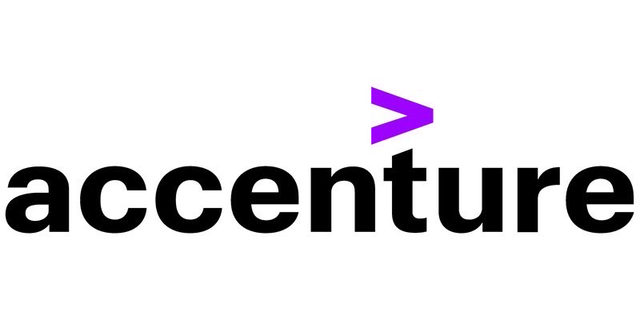Marketing projects and costs are among the first to be cut short when unprecedented events negatively impact businesses across industries. Maintaining or even increasing marketing efforts tend to be deprioritized when a company is at risk or in decline. However, some may be surprised that companies can both boost revenue and optimize spend via marketing personalization initiatives.
“Marketers report that personalization efforts can boost revenue up by 15%.”
(Algonomy)
Most marketers know that personalization boosts clicks, conversions, and revenue. However, what might surprise some is that a recent study found that “Personalization reduces customer acquisition costs by up to 50%.” (Algonomy) By focusing on your marketing personalization efforts, you can reduce marketing costs while simultaneously driving business efficiency.
Contextual personalization in a cookie-less future
Most customers experience marketing personalization in action as they click through social media platforms and search engines. These daily activities generate cookies, enabling marketing teams through “paid media” to track activity, learn more about the customers’ behaviors and tendencies in real time, and provide personalized offers based on these insights. Paid media is effective but relatively expensive. Because of its cost per sales conversion, it is often limited to new customer acquisition. The other challenge with paid media is that cookies will be going away as Apple has already blocked many and Google is planning to phase them out.
As a result, organizations are looking at how to combine the data they have internally (offline data), on their digital platforms (on-line data), as well as externally purchased data to personalize the customer experience across not only digital channels but also assisted channels such as call centers and retail stores.
Data is critical to drive value using contextual personalization, but it is only a part of the solution. The second part is having a single brain or central decision engine that can determine the right offer or next action and orchestrate it across assisted and unassisted digital channels.
There are many solutions in the market for decision engines supporting the web. But very few that can drive decisions across both web and assisted channels. Near real time context is the key for driving value through personalization and not easy to get right in an assisted channel.
How “re-decisioning” impacts assisted channels
Activating personalization technologies and methods into assisted channels is a challenge because these are live and active conversations where customer service agents need to provide accurate recommendations and services in real-time based on the context of the discussion at hand.
On an unassisted digital channel, the customer clicks through a website and enters Google search terms (ex: best mountain bikes), they are making decisions to click on certain links or type in certain terms. Meanwhile, technology in the background is taking that data (those actions and decisions) to then generate comparable suggestions and promotions (ex: mountain bike sale).
Customers are continuously “re-decisioning” while they navigate websites and as they talk with customer service agents on assisted channels. Assisted channels are where contextual decisions occur as conversations progress between a customer and an agent. There’s no time for background technology to pull up relevant offers in these instances because these are live interactions.
For example: A customer calls their telco service, and decision engine identifies that this particular customer is a retention risk because of a recent high bill. The decision engine assumes that customer is calling about higher bills and prepares a promotional offer to discount the next bill to maintain that customer. But the agent finds out that the customer is actually calling about network connectivity issues. The customer has terrible coverage from their home and their calls get dropped. The agent in this scenario needs a personalization engine that instantly “re-decisions” and presents an action related to fixing the dropped calls i.e. help the customer setup WiFi for incoming calls.
“Re-decisioning” in real time with Pega
The third leg of the stool for personalization value, in addition to data and centralized decision engine, is operations and governance. Processes supporting offer strategy through activation need to be tuned to support a contextual based experience that includes prioritization, value targeting, value measurement and attribution, and operational change.
Marketing organizations need a solution that can handle evolving interactions with customers in real time and help customer service and retail agents with in-context recommendations. We have worked with Pega Customer Decision Hub™ to deliver this end to end and have seen some stellar results.
As organizations deal with uncertainty and cost pressures, now is the time to optimize personalized, contextual offers and actions for customers. Investing in solutions that focus across both digital and assisted channels will boost revenue and optimize operational expenditure. Positioning your company to focus on providing the best experience for customers that will provide lifetime value and growth.
Decisioning in real time? Done.
Deepen relationships and maximize value, every moment, everywhere.
Learn moreReal-time decisioning. Better customer engagement.
Deliver your customer’s needs instantly and make every experience hyper-relevant.
Learn more
Personalization is key for business success, especially when customers are being overloaded with endless offers and ads.
Download the report to learn how organizations are investing in personalization and other top trends to innovate and grow.

